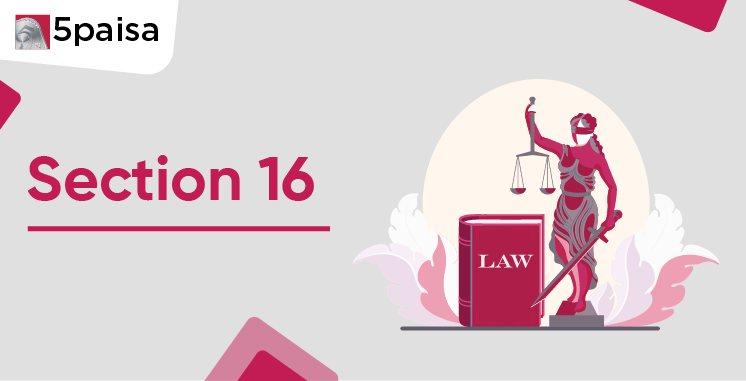Content
- What Is Section 16 Of Income Tax Act?
- What is Standard Deduction Under Section 16?
- Who Is Eligible For Deduction Under Section 16(ia)?
- Benefits of Standard Deduction for Salaried Employees
- Calculation of Standard Deduction under Section 16
- Other Deductions under Section 16
- Standard Deduction for Pensioners
- How Can You Claim A Standard Deduction?
- Standard Deduction vs Other Salary Allowances
- Conclusion
For Indian salaried employees, understanding tax deductions can help in reducing taxable income and maximizing savings. One of the most significant benefits available is the standard deduction under Section 16 of the Income Tax Act, 1961.
The standard deduction is a fixed amount that employees can claim as a deduction from their taxable salary income, reducing their total tax liability. This article will provide a detailed guide on Section 16, its applicability, benefits, calculation, and FAQs.
More Articles to Explore
- Difference between NSDL and CDSL
- Lowest brokerage charges in India for online trading
- How to find your demat account number using PAN card
- What are bonus shares and how do they work?
- How to transfer shares from one demat account to another?
- What is BO ID?
- Open demat account without a PAN card - a complete guide
- What are DP charges?
- What is DP ID in a demat account
- How to transfer money from demat account to bank account
Disclaimer: Investment in securities market are subject to market risks, read all the related documents carefully before investing. For detailed disclaimer please Click here.
Frequently Asked Questions
All salaried employees and pensioners can claim a ₹50,000 deduction from their taxable salary.
Yes, both standard deduction and HRA exemption can be claimed under the old tax regime.
Yes, from FY 2023-24 onwards, the ₹50,000 deduction is available under the new tax regime as well.
No, standard deduction is automatic and does not require any receipts or proof.



